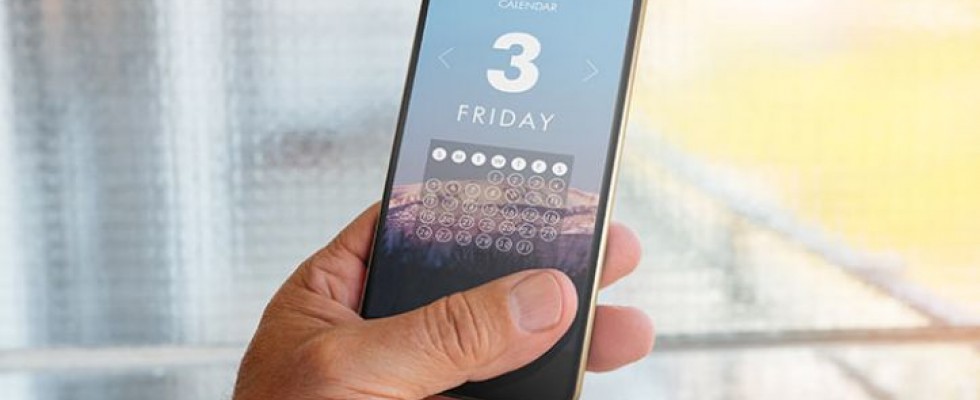
The 21st Century Cures Act—which was signed into law in 2016—requires state agencies to implement a system of electronic visit verification (EVV) for personal care services and home health care services provided and reimbursed under Medicaid. The EVV mandate is designed to ensure that people get the care they are promised and to cut down on fraudulent care claims.
Electronic visit verification is a process that uses electronic means to verify care provider visits for personal or home health care services. The data collected during visits includes the date of service provided, the start time and end time for service provided, the type of health care service performed, the location of the service provided and information about the service provider.
EVV supplies a modern way for care providers to record their field activities. Using a mobile phone or special purpose device, providers log their visit using an app or voice call, including accurate location information, type of service provided and duration of service. Caregivers can also use their EVV system to access the most up-to-date patient health data, resulting in better care for clients.
For homecare agencies, EVV can be used to manage and monitor the delivery of care and services, streamline field operations by switching from paper-based notations and patient monitoring to electronic records, reduce human errors and fraud, and improve overall efficiency.
EVV applies to services rendered in the home under activities of daily living (ADL), instrumental activities of daily living (IADL) and home health skills. According to medicaid.gov, the original implementation date for personal care was to be Jan. 1, 2019; for home health it is Jan. 1, 2023. In July 2018, President Trump signed Public Law 222 from H.R. 6042, delaying implementation for personal care services until Jan. 1, 2020.
EVV provides the following benefits:
1. Monitoring Patient Visits
Before the introduction of EVV, caregiver service accountability needed improvement because a caregiver could log a service or visit as completed without any proof. This mainly happened due to limited client-agency communication, resulting in missed visits or shifts, unreliable task entries, and a lack of validation from patients that they received full value for authorized hours of care. EVV systems allow caregivers to log the specific in and out times along with their location to ensure that patients receive their authorized services.
Newer EVV systems can also record an e-signature and set up assignments, smart reminders and notifications, and comprehensive mobile data collection.
The homecare agency can see every scheduled visit and whether a visit was missed, and clients can then approve or deny hours for services recorded by the caregiver. And since EVV is HIPAA compliant, patient information is well protected.
2. Calculation of Billable Hours
Fraud and human errors are costly, and paper-based timesheets and records are easy to manipulate. Without accurate mobile record keeping, caregivers could forget to fill out their timesheets properly or even falsify their work logs and be paid for services that weren’t rendered. This results in compliance failures for agencies and increases costs due to payroll fraud and error—hindering their ability to plan and grow their businesses.
EVV systems may help record billable hours in real time with GPS verification and export important information into back-office payroll/enterprise resource planning systems for invoicing. Attendance records are geotagged with a site address, which helps create an audit log that can help agencies with federal and state compliance requirements. Agencies can also analyze the field data to forecast resource use and optimize operations.
3. Lone Worker Safety
EVV systems help agencies set up an emergency workflow for caregivers working in remote or potentially dangerous areas. The workflow can create an integrated approach to safety monitoring with check-in calls, automatic local emergency number lookups and customized alerts to back-office operations centers.
- Does it improve client care?
- Does it improve compliance and reduce fraud?
- Does it improve productivity of the mobile staff?
- Does it reduce payroll expenses?
4. Scheduling
Modern EVV systems easily integrate with an agency’s custom scheduling tools such as Outlook, Google Calendar or a content management system platform. Schedules can be pulled from these systems and used to automate daily workflow, such as dispatching tasks and notes to care providers, starting or stopping location tracking based on schedule, creating alerts based on late arrivals or early departures and calculating mileage reports.
With the right EVV vendor, health care organizations can do more than simple attendance recording and proof-of-visit compliance to mitigate fraud. They can use EVV as a step towards the digital transformation of their business with an integrated approach to their entire field client care operation—from scheduling, dispatching and executing tasks to monitoring exceptions, recording field activities and reporting. Such a solution can improve the overall productivity of mobile staff while improving health care services for clients.
